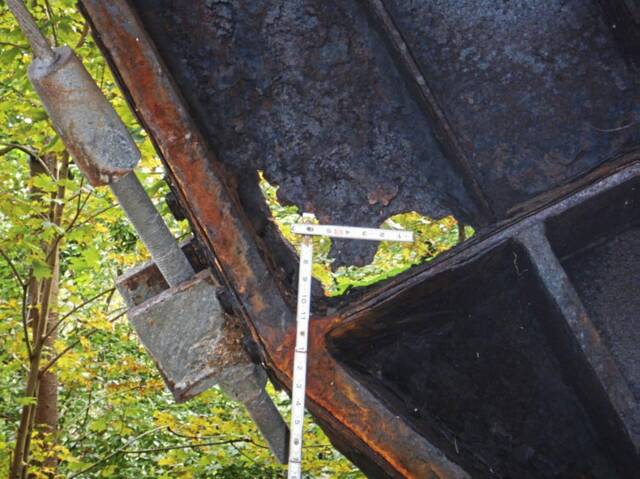Editorial: Victims, community deserve discovery in Fern Hollow Bridge collapse
Law can be a patchwork quilt of intersecting and overlapping jurisdiction and authority. Much of what courts do is determine which law takes precedence in a given situation.
On Thursday, that was on display in Allegheny County Court of Common Pleas. Lawyers for the City of Pittsburgh countered a request for discovery from attorneys for the bus driver whose route ended in a ravine when the Fern Hollow Bridge collapsed in January.
Discovery — documents and information pertaining to the events in question — is a regular request. This was slightly different because it came before the suit was filed — something called pre-complaint discovery. The point was to allow Port Authority driver Daryl Luciani’s attorneys not so much to establish fault but to help nail down exactly who should be included in the suit.
That could be good for Pittsburgh. If looking at inspection reports and maintenance records could show other organizations to name as defendants, it could help spread responsibility and possibly put someone else on the hook for financial damages.
But the city’s lawyers say they can’t turn over anything. Not that they don’t want to do so. No, the National Transportation Safety Board’s investigation into the infrastructure failure precludes it, they said.
“It’s not the city refusing to produce the information,” said John Doherty, associate solicitor for the City of Pittsburgh. “It’s the direction of the NTSB. … The NTSB has indicated they want a clear, clean … investigation.”
The problem is NTSB investigations take a long time to complete. While two years is the cited period of time, that’s not a guarantee. Several have taken three years or more. The investigation of the SEPTA train derailment in Upper Darby in 2017 took more than four years.
So will the court expect Luciani — and the others whose early-morning commute ended with being hauled out of the bridge wreckage — to wait until the conclusion of the investigation to begin their legal journey? Courts are not always understanding about that, frequently being sticklers for time frames. Even death penalty appeals can be shrugged off because of a missed filing date.
But aside from that, how much of this data should already be available?
Pittsburgh owns the bridge and, as such, maintains it. Those records should be available the same way any reports of municipal activity should be. They reference taxpayer money and safety and employee time. Inspection reports are and have been public record. Information about work done and deficiencies found has been regularly supplied to PennDOT.
None of this is like the black box data recovered from a plane crash. It isn’t accident reconstruction information built by NTSB investigators.
The city may be following the directions it’s been given, but that doesn’t mean the situation is fair to the victims of the collapse or the community at large.
Remove the ads from your TribLIVE reading experience but still support the journalists who create the content with TribLIVE Ad-Free.

